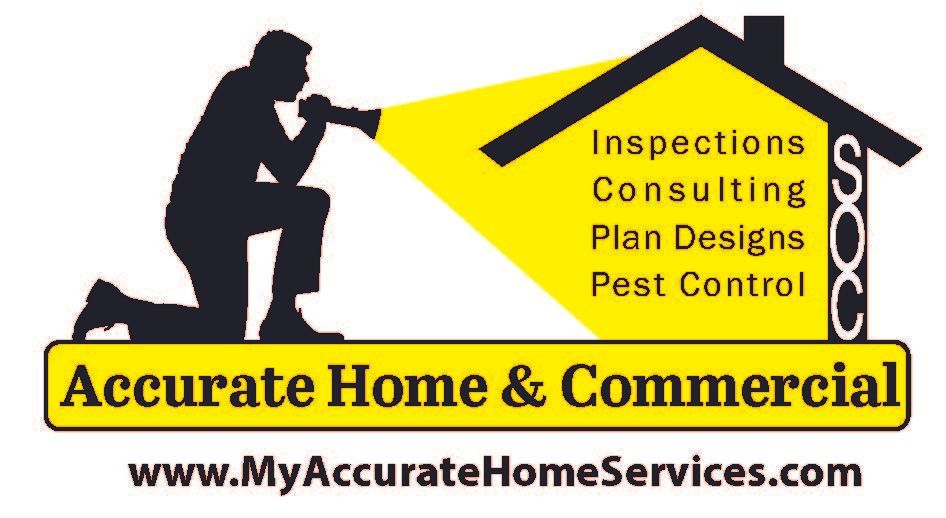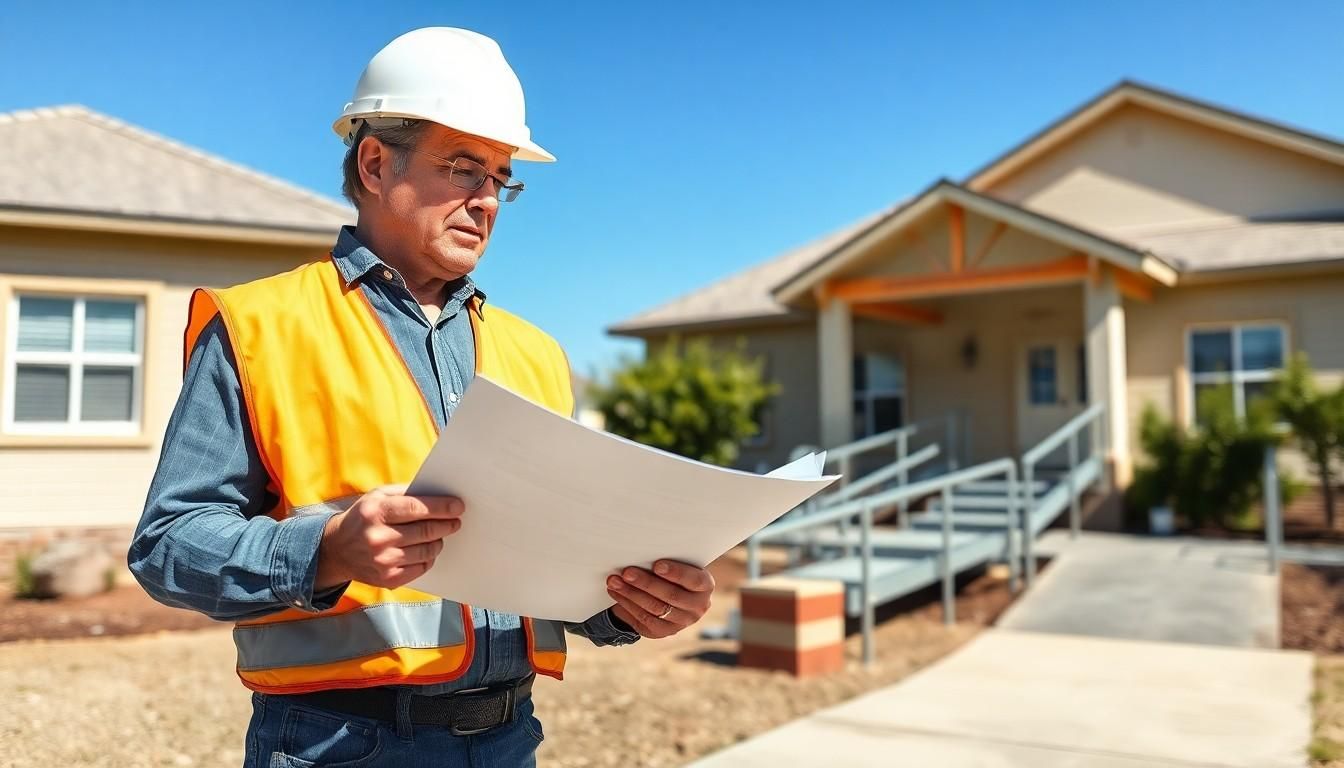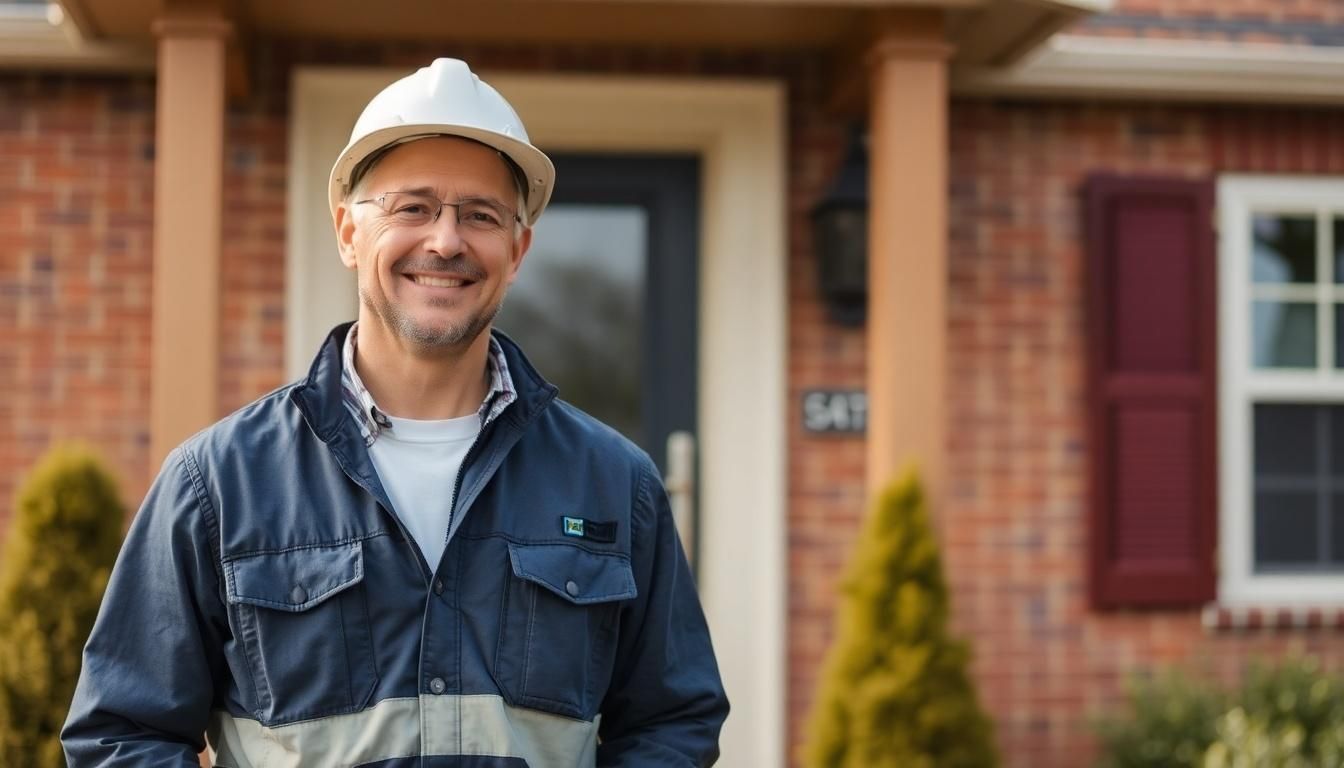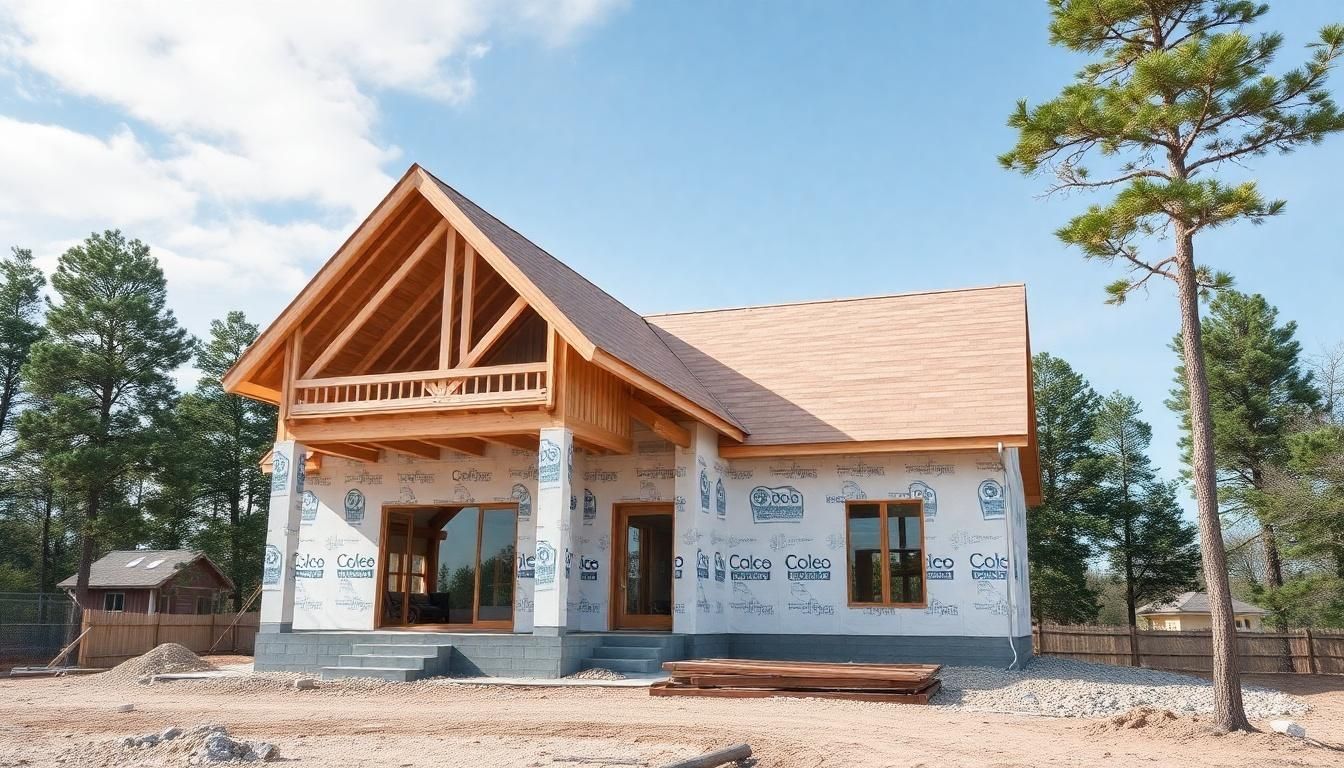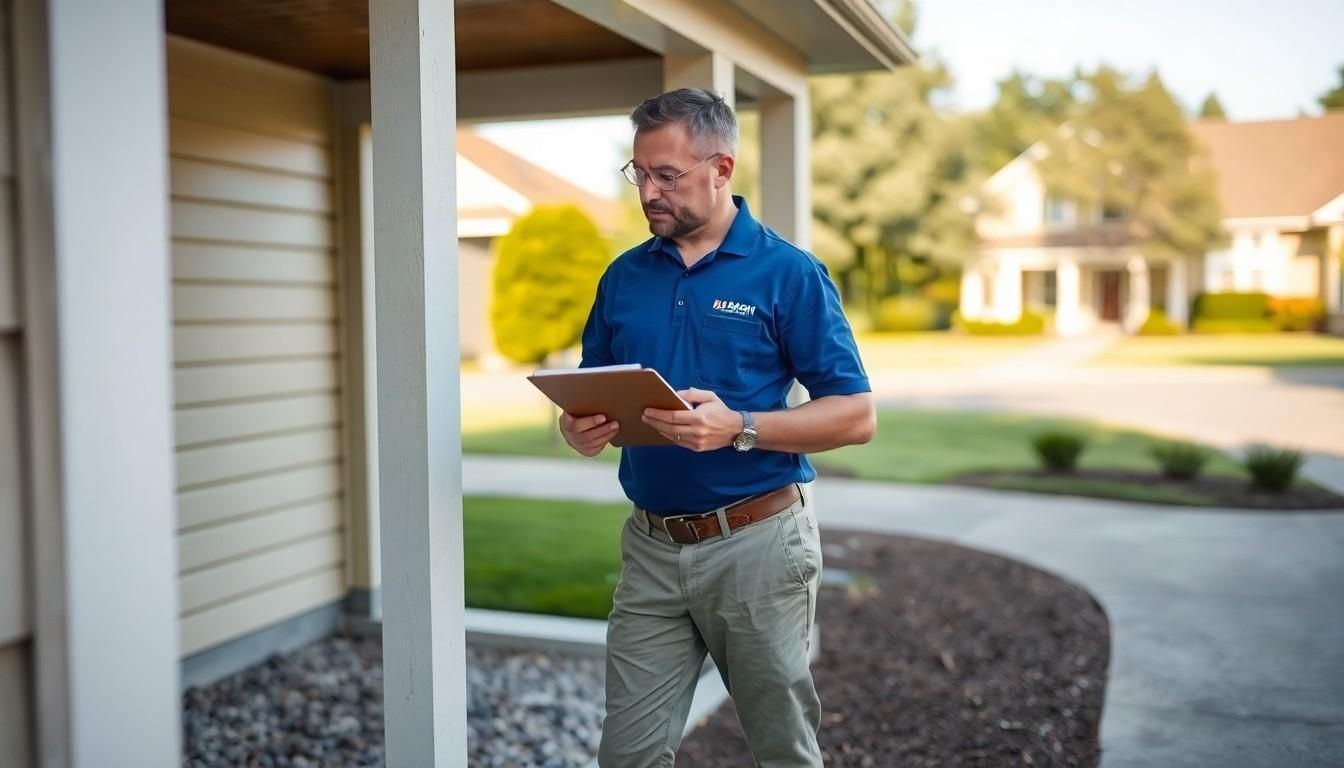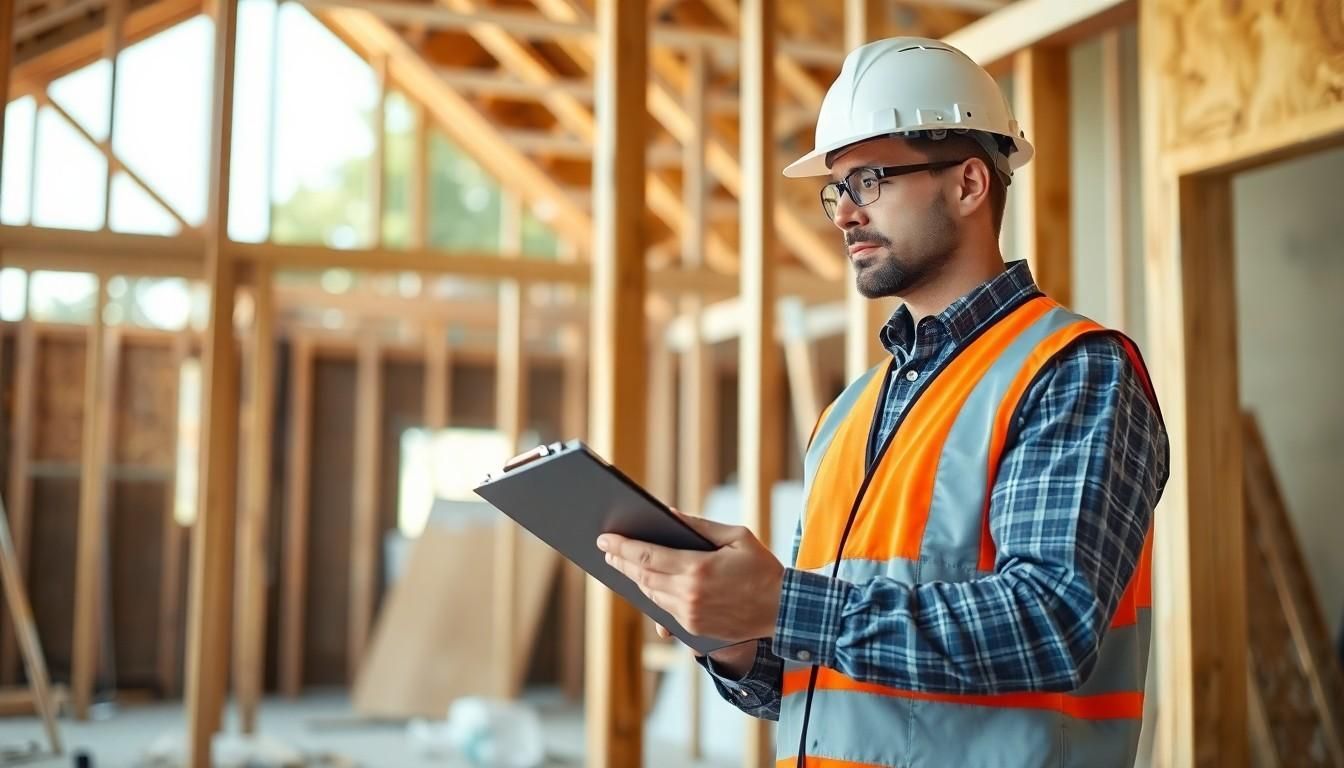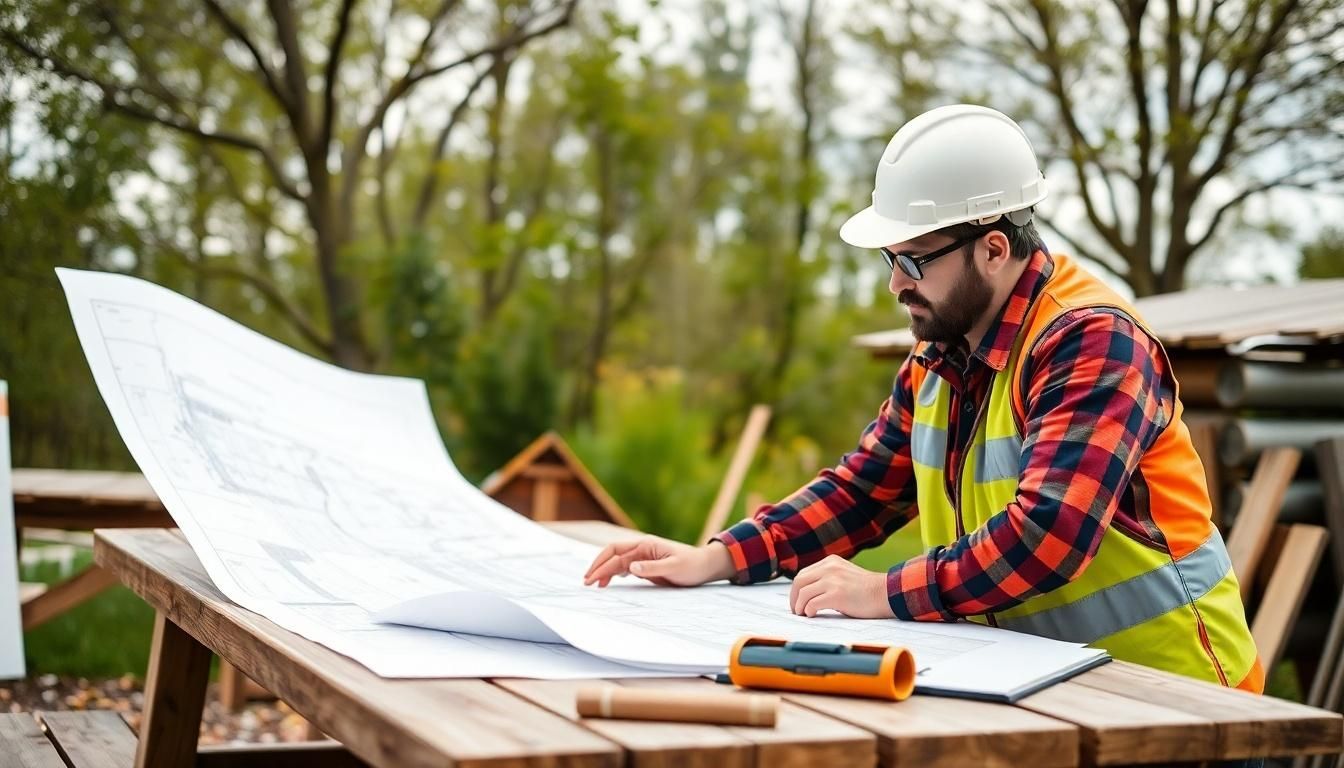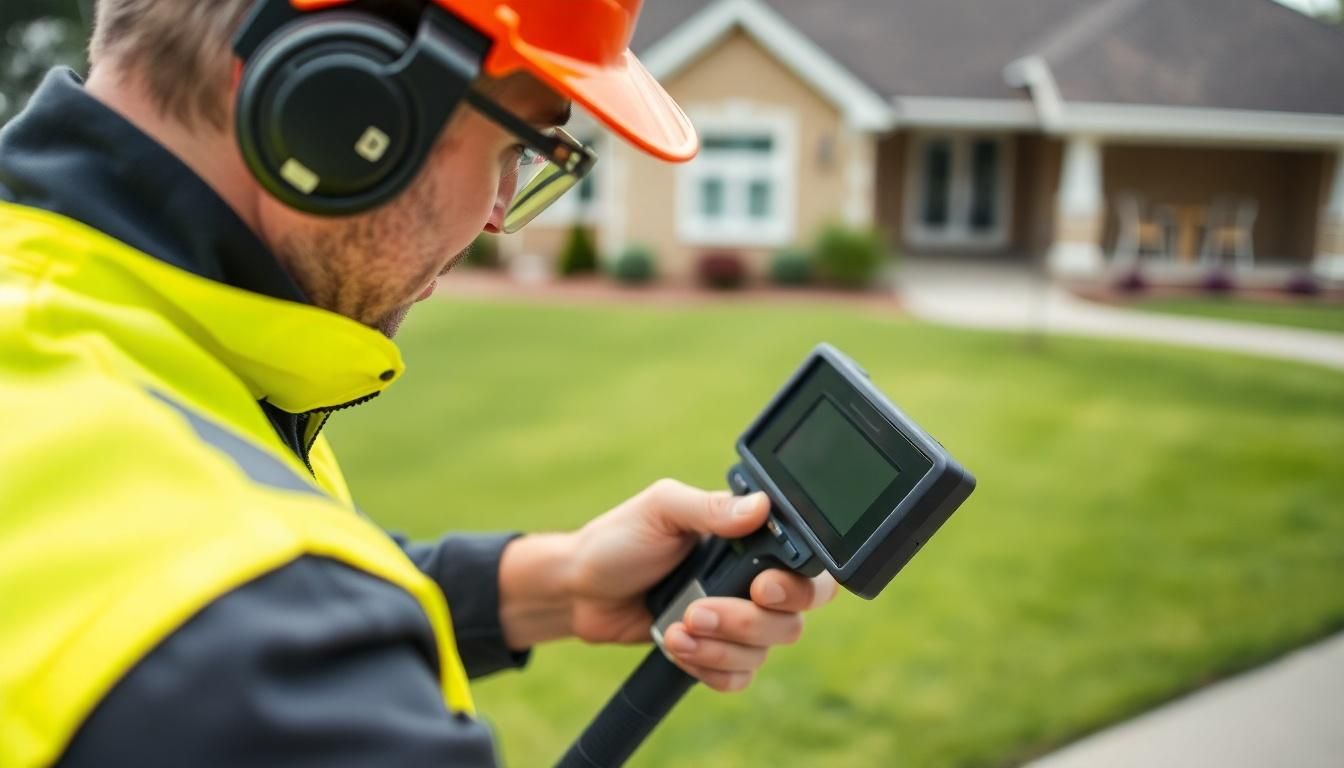How Often Should You Pressure Wash Your Home? A Complete Homeowner's Guide
New Title
Maintaining your home's exterior isn't just about curb appeal—it's about protecting your investment. Over time, dirt, mold, mildew, and algae accumulate on your home's surfaces, potentially causing damage if left untreated. Pressure washing offers an effective solution, but many homeowners struggle with determining the right frequency for this maintenance task.
Understanding when to pressure wash your home depends on several factors including your local climate, surrounding environment, and building materials. While some properties in humid areas might require annual cleaning, others in drier regions may need less frequent attention. Establishing the optimal pressure washing schedule for your specific situation can prevent premature aging of your home's exterior while avoiding unnecessary wear from excessive cleaning.
EXPLORING Pressure Washing and Its Importance
• Pressure washing uses specialized equipment, combining water pressure and cleaning solutions to effectively remove dirt, grime, mold, mildew, and algae from exterior surfaces.
• It is more effective than traditional scrubbing or hosing, as it penetrates deep into porous materials to eliminate embedded contaminants.
• Regular pressure washing prevents premature deterioration of building materials by removing substances that accelerate decay, such as mold and mildew.
• It contributes to a healthier living environment by eliminating allergens and irritants, enhancing indoor air quality.
• Maintaining clean exteriors boosts curb appeal and property value, often yielding an excellent return on investment.
• Different materials and environmental conditions require customized pressure washing schedules for optimal protection without damaging surfaces.
Learn more about professional pressure washing services at Accurate Home and Commercial Services.

Recommended Frequency for Pressure Washing Your Home
Most residential properties benefit from pressure washing once every 12-18 months. This general guideline helps maintain your home's appearance while protecting the surfaces from damage caused by prolonged exposure to contaminants. However, the ideal frequency varies significantly based on several key factors specific to your property's situation.
Climate conditions directly impact how quickly dirt and biological growth accumulate on exterior surfaces. Homes in humid, rainy regions like Florida or the Pacific Northwest typically require pressure washing more frequently—every 6-9 months—due to accelerated mold and mildew growth.
Properties in dry, dusty areas face different challenges from airborne particles and may need cleaning every 12-15 months. Proximity to environmental factors also affects cleaning schedules; coastal homes exposed to salt spray often need quarterly cleaning to prevent corrosion.
Homes near busy roads collect exhaust residue and may require bi-annual washing. Properties surrounded by dense tree coverage experience faster accumulation of organic debris, sap, and pollen, necessitating more frequent cleaning than homes in open, sunny locations.
Visit Accurate Home and Commercial Services to learn more about our professional pressure washing services.
Building Material Considerations
Different exterior materials have unique cleaning requirements that impact pressure washing frequency.
Vinyl siding, being relatively low-maintenance, typically needs cleaning every 1-2 years to maintain its appearance.
Brick exteriors, while durable, can trap moisture and develop mold in grout lines, benefiting from annual pressure washing.
Wood siding requires more careful attention—pressure washing every 2-3 years with appropriate pressure settings prevents damage while removing contaminants that can lead to rot.
Stucco surfaces should be cleaned every 12-18 months to prevent staining and deterioration.
Painted surfaces often show dirt more readily and may need cleaning every 1-2 years to preserve their finish.
For homes with multiple exterior materials, scheduling should accommodate the most sensitive surfaces while addressing areas showing visible contamination or biological growth.
Signs Your Home Needs Pressure Washing
Recognizing when your home requires pressure washing helps maintain its condition and prevents long-term damage. Your property communicates its cleaning needs through various indicators that signal it's time for a thorough pressure washing session. These signs often appear gradually but shouldn't be ignored.
Visual Indicators
Visual cues provide the most obvious signals that your home's exterior surfaces need attention.
Discoloration on siding, fences, or decks indicates the presence of dirt, mold, or mildew that's become embedded in the surface. Dark streaks running down your roof or siding typically result from algae or cyanobacteria growth.
Chalky residue on painted surfaces signals oxidation and deterioration of the paint layer. Green or black patches on walls, walkways, or driveways reveal moss or algae colonization thriving in damp conditions.
Spider webs and insect nests in corners and eaves create unsightly accumulations that detract from your home's appearance. When these visual indicators become noticeable from the street, it's time to schedule a pressure washing service with professionals who can restore your home's exterior.
Seasonal Cues
Seasonal changes trigger specific conditions that signal pressure washing needs.
After winter, salt residue and de-icing chemicals often remain on driveways and walkways, potentially causing surface damage if not removed.
Spring pollen creates yellowish films on exterior surfaces, particularly noticeable on light-colored siding and decks.
Summer brings increased humidity in many regions, accelerating mold and mildew growth on north-facing walls that receive less sunlight.
Fall leaves and organic debris decompose on roofs and in gutters, creating stains and potential water damage issues.
Post-storm periods reveal mud splatter on lower portions of homes and accumulated debris in outdoor living spaces.
Recognizing these seasonal patterns helps homeowners establish optimal timing for pressure washing services that address specific environmental challenges before they cause lasting damage.
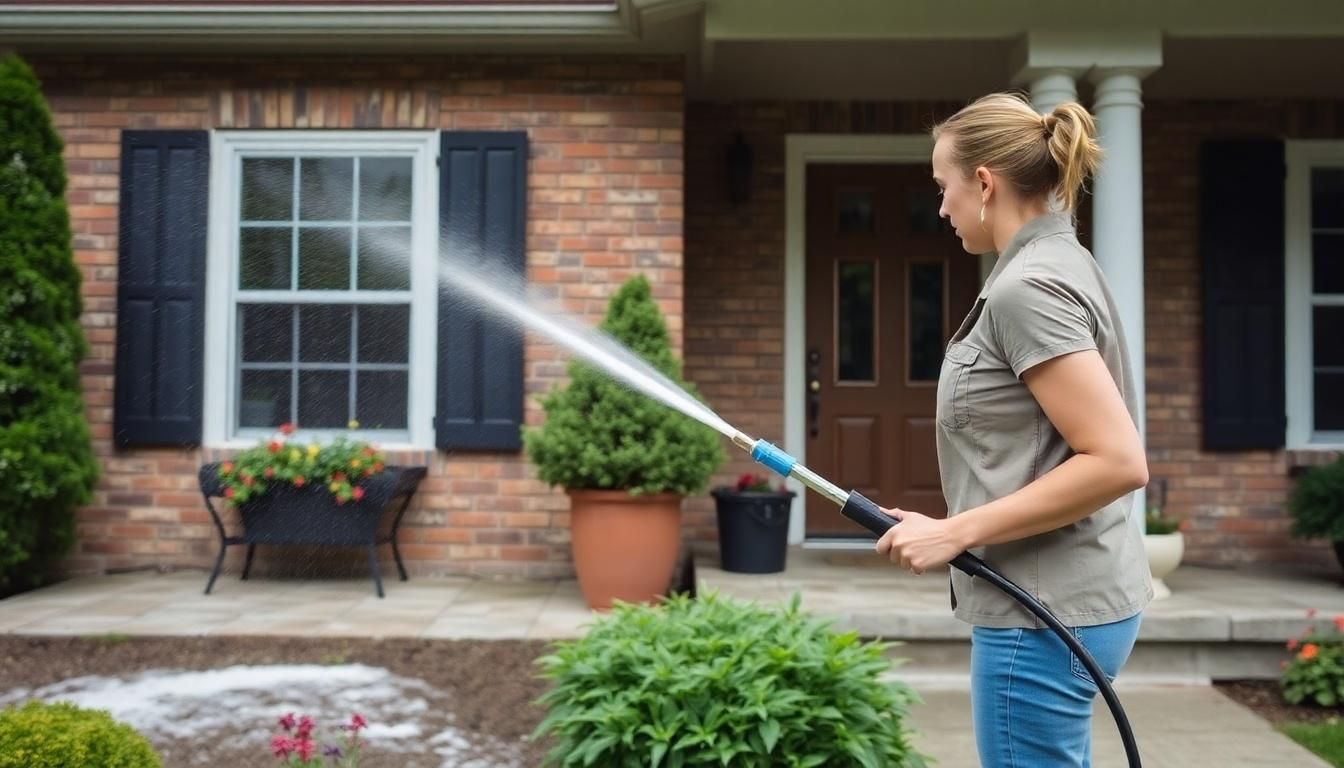
Preventative measures significantly extend the lifespan of previous cleanings. Installing gutter guards prevents overflow that can streak siding. Trimming trees and bushes away from the house reduces organic debris and minimizes moisture retention that leads to mold growth. Applying protective sealants to appropriate surfaces creates a barrier against dirt, pollutants, and biological growth.
Simple maintenance tasks between professional cleanings preserve your home's appearance. Gentle rinsing with a garden hose removes loose dirt and prevents buildup, especially after storms or high pollen periods. Spot-cleaning small stains when they first appear prevents them from becoming permanent. Using a soft-bristle brush and mild detergent addresses localized issues without the need for full pressure washing.
Creating shaded areas with proper landscaping reduces algae and mold growth on north-facing walls. Improving drainage around the foundation directs water away from the house, reducing splash-back that causes dirt accumulation on lower siding sections. These preventative strategies help maintain your home's exterior while extending the time between comprehensive pressure washing services.
For personalized advice on maintaining your home's exterior between professional cleanings, contact Accurate Home and Commercial Services to develop a customized maintenance plan.
Conclusion
Maintaining the right pressure washing schedule is key to preserving your home's value and appearance. While most homes benefit from cleaning every 12-18 months your specific needs depend on your climate environment and building materials.
Watch for visual cues like discoloration algae growth or seasonal debris to determine when it's time for a cleaning. Whether you choose DIY methods professional services or a hybrid approach regular maintenance will extend the life of your exterior surfaces.
By implementing simple preventative measures between cleanings and establishing a personalized maintenance schedule you'll protect your investment for years to come. Remember that proper pressure washing isn't just about aesthetics—it's about safeguarding one of your most valuable assets.
Frequently Asked Questions
How often should I pressure wash my home?
Most residential properties benefit from pressure washing every 12-18 months. However, this frequency varies based on your climate and environment. Homes in humid regions may need cleaning every 6-9 months, while those in drier areas can go 12-15 months between cleanings. Different materials also have specific requirements: vinyl siding (1-2 years), brick (annually), and wood siding (2-3 years).
What are the signs my home needs pressure washing?
Look for visual cues such as discoloration, dark streaks on siding or roofing, green patches of moss or algae, and visible dirt accumulation. Seasonal indicators include salt residue after winter, pollen buildup in spring, and organic debris in fall. If your home appears dull or you notice any of these signs, it's likely time for a pressure wash.
Is DIY pressure washing as effective as professional services?
While DIY pressure washing offers cost savings and scheduling flexibility, professional services typically provide superior results using commercial-grade equipment and expertise. Professionals know the appropriate pressure levels for different surfaces, preventing damage to delicate areas. For comprehensive cleaning, especially on multi-story homes, professional services offer efficiency, safety, and thoroughness that DIY methods often can't match.
Can pressure washing damage my home?
Yes, if done improperly. Using excessive pressure or incorrect techniques can damage siding, strip paint, force water behind siding, or etch soft surfaces like wood. Professional services understand the appropriate pressure levels and techniques for different materials, minimizing the risk of damage while effectively cleaning your home's exterior.
What maintenance can I do between professional pressure washings?
Perform regular visual inspections of exterior surfaces to catch issues early. Install gutter guards to prevent debris buildup, trim vegetation away from your home, and apply protective sealants where appropriate. Simple maintenance like gentle rinsing with a garden hose and spot-cleaning stubborn stains can help maintain your home's appearance between professional cleanings.
How does pressure washing affect my home's value?
Regular pressure washing significantly enhances curb appeal, which directly impacts property value. A clean, well-maintained exterior creates a positive first impression for potential buyers and can command higher market prices. By preventing deterioration of building materials, pressure washing also protects your investment by extending the life of your home's exterior surfaces.
Is pressure washing environmentally friendly?
When done properly, pressure washing can be environmentally responsible. Professional services often use biodegradable cleaning solutions and water-efficient equipment. They also understand proper runoff management to prevent contamination of local water systems. Ask your service provider about their environmental practices to ensure responsible cleaning.
How long does a professional pressure washing service take?
The duration depends on your home's size and the extent of cleaning needed. For an average-sized home, a complete exterior pressure washing typically takes 2-4 hours. Larger homes or those requiring special attention to heavily soiled areas may take longer. Professional teams can usually complete the job more efficiently than DIY approaches.

